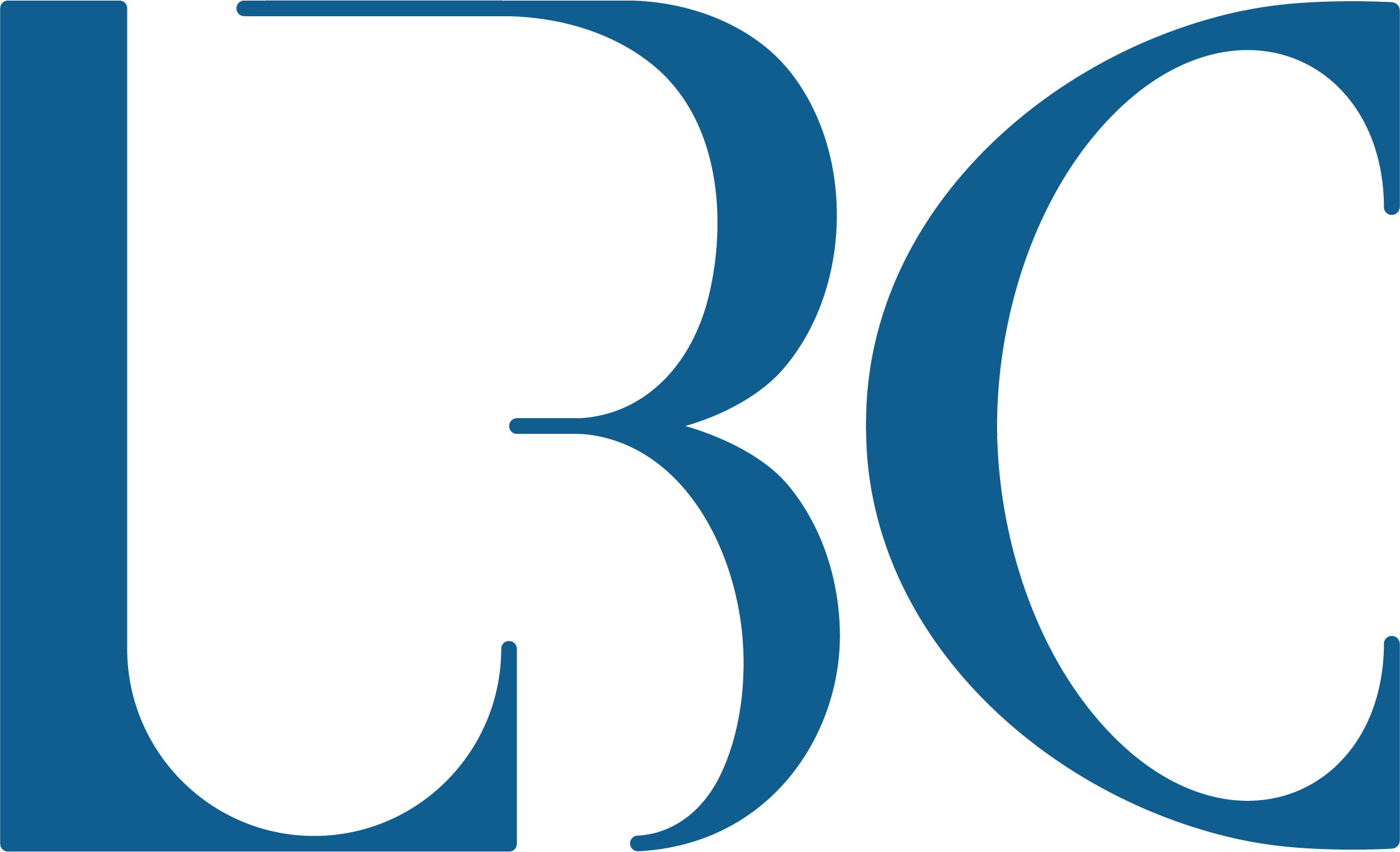Last month, the Department of Education released the final draft of a report generated by the Spellings Commission on the Future of Higher Education that was designed to provide the public with a comprehensive assessment of the health of our nation’s higher education system.
The final report was developed after an intensive, year-long inquiry involving hundreds of expert testimonies and commissioned papers addressing the most important challenges facing higher education today. The recommendations advanced by the Commission have not been widely discussed because very few outside higher education institutions have expressed much interest in the findings. However, many in the higher education community understand the potential significance of this report and the future directives that have been articulated by the Commission.
Before discussing the actual recommendations, it is important to highlight two macro themes that emerged and guided the Commission’s findings.
First, the recommendations were advocated due to the increasing realization that the value of higher education has never been greater for individual and societal economic stability. Second, American higher education has changed dramatically and must address many important issues in order to maintain global economic competitiveness.
This is evidenced by the fact that in the last two decades, the United States has lost considerable ground as a global leader in higher education access and completion rates and currently trails a number of economically advanced nations in these areas.
Also, it is important to mention that this Commission was not established to heap widespread praise upon U.S. colleges and universities. In the initial Commission draft, a great deal of criticism was directed at higher education, which led many to discount the motives of the recommendations. However, despite the earlier criticism, the Commission was able to make some challenging recommendations that will force higher education officials, as well as state and federal policy-makers, to consider some new approaches to many entrenched issues.
The report’s recommendations focus primarily on six major categories: access, cost and affordability, financial aid, student learning, accountability, and innovation. In addressing these multifaceted areas, some of the Commission’s recommendations provide useful insights that have the potential to substantially change higher education for the betterment of institutions like Cal State Long Beach and other universities that adhere to their public missions.
The Commission recognizes that a new national commitment must be made to expanding access and student success rates, especially for underrepresented student populations at both the high school and collegiate levels. This commitment includes the potential creation of state and federal incentives for the implementation of innovative strategies that provide seamless educational programs between high schools and higher education institutions. Many of these kinds of programs are currently underway throughout the CSU system and our local communities.
The recommendations also advocate for a comprehensive reform of the federal financial aid system. The current system is highly complicated. It offers over two-dozen different programs to low-income, middle-income and upper-income students.
The recommendations call for reforming the entire financial aid system in a manner that could focus more resources on lower-income student needs and national priorities. The potential value of this recommendation is that future financial aid funding can be better and more equitably distributed if it is based on actual student needs rather than the needs of institutions.
For example, publishing average college “net prices” instead of “sticker prices” will not only provide students and parents with better actual cost information, but will make it more difficult for tuition and fee-reliant universities to manipulate student aid for their particular benefit. Sticker prices represent the advertised cost of attendance while net prices more accurately reflect the average cost of attendance of individual institutions.
This also would force higher cost institutions to rethink their reliance on inflated “sticker pricing,” thus slowing the increase in tuition and fee growth that continues to cause much public criticism and political backlash for all higher education.
This would be of great value to CSULB and other CSU institutions because our student tuition and fee rates fall approximately 50 percent below the national public university average.
However, the ultimate benefit of this recommendation could be to re-evaluate the concept of “choice” advocated by many conservative economists in favor of a much greater public commitment to student access for underrepresented and lower-income students and the institutions that serve them.
The recommendations also advocate for more transparency and accountability throughout higher education, making widespread comparative information available for students, parents and citizens. Such requirements would apply to both public and private institutions, thus making many more autonomous institutions very uneasy.
This includes accountability for determining costs, average tuition and fees, value-added educational benefits and value-added learning opportunities. If policy-makers better understood and were able to compare average per-student cost (expenditure) increases over the last two decades they would discover drastic differences as well as growing disparities in efficiencies between private universities, public research universities and campuses such as our own.
This might lead to a series of new policy discussions regarding the allocation of public funds and where these resources could more efficiently serve a larger number of students.
Finally, there also are a number of important recommendations advanced by the Commission aimed at state and federal policy-makers that include providing more adequate public support to encourage the increased use of educational technologies that can ultimately lower costs. The Commission also viewed state governments as essential contributors, urging them to continue their historic commitment to public higher education. This was perceived as the best way to help stabilize college and university budgets and student cost issues.
The considerations advanced by the Commission clearly indicate that public policy officials must support our public colleges and universities for these strategies to work.
Enhancing higher education’s accountability, transparency, pre-collegiate preparation, student access and success while also better controlling college per-student costs, tuition and fees, and reforming financial aid to help the neediest students are all areas that should be supported by policy makers and our institutions.
However, in order for these recommendations to achieve the desired goals, they will require serious public debate, which is something uncommon at the federal level. Such a debate could alter public policy and lead to the implementation of new strategies that challenge the status quo and force many policy makers to collaborate at federal and state levels.
This could lead to the development of appropriate funding incentives or disincentives that would benefit colleges and universities that maintain and expand their public missions.
F. King Alexander is the university president of Cal State Long Beach.










